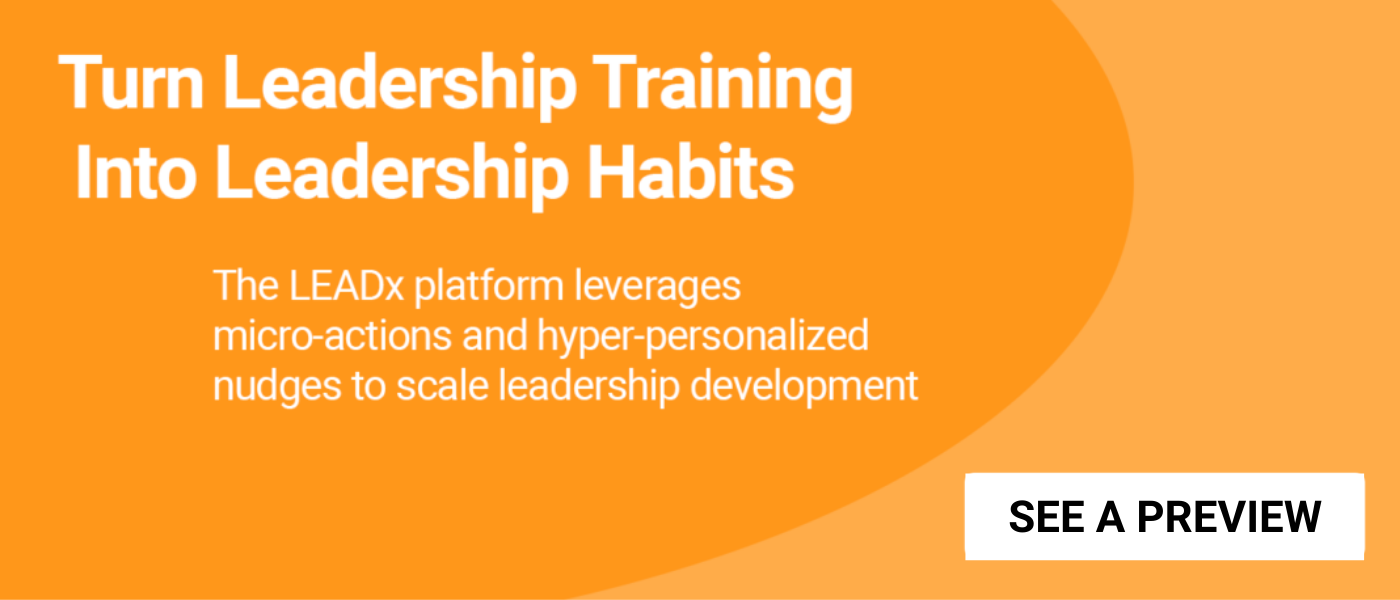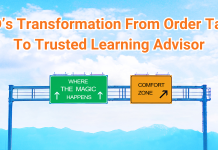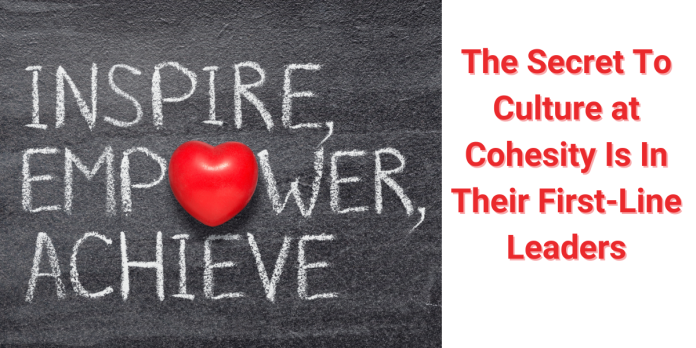
The most important thing a leader can do is inspire their first-line managers to be the best they possibly can. You have to train them, inspire them, and as CEO, make yourself accessible to them. —Sanjay Poonen, President and CEO of Cohesity
How do you foster a culture of servant leadership and lifelong learning across 2,000 employees?
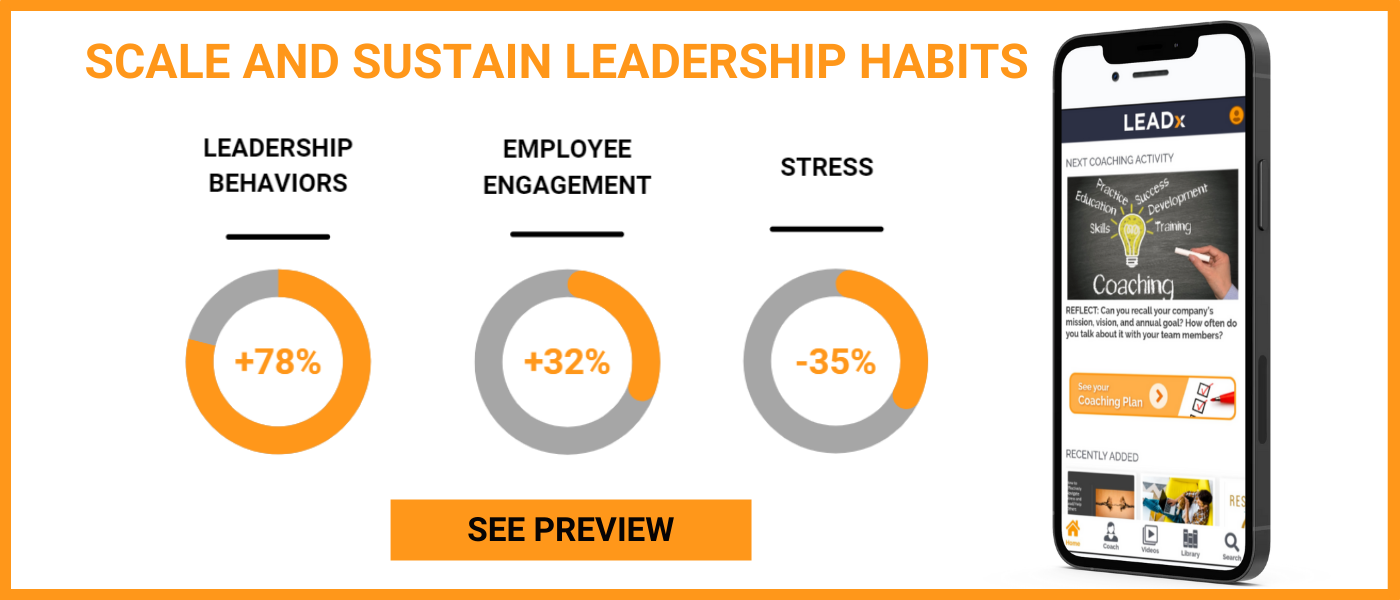 At Cohesity, their CEO Sanjay Poonen sets the tone by modeling these behaviors every day.
At Cohesity, their CEO Sanjay Poonen sets the tone by modeling these behaviors every day.
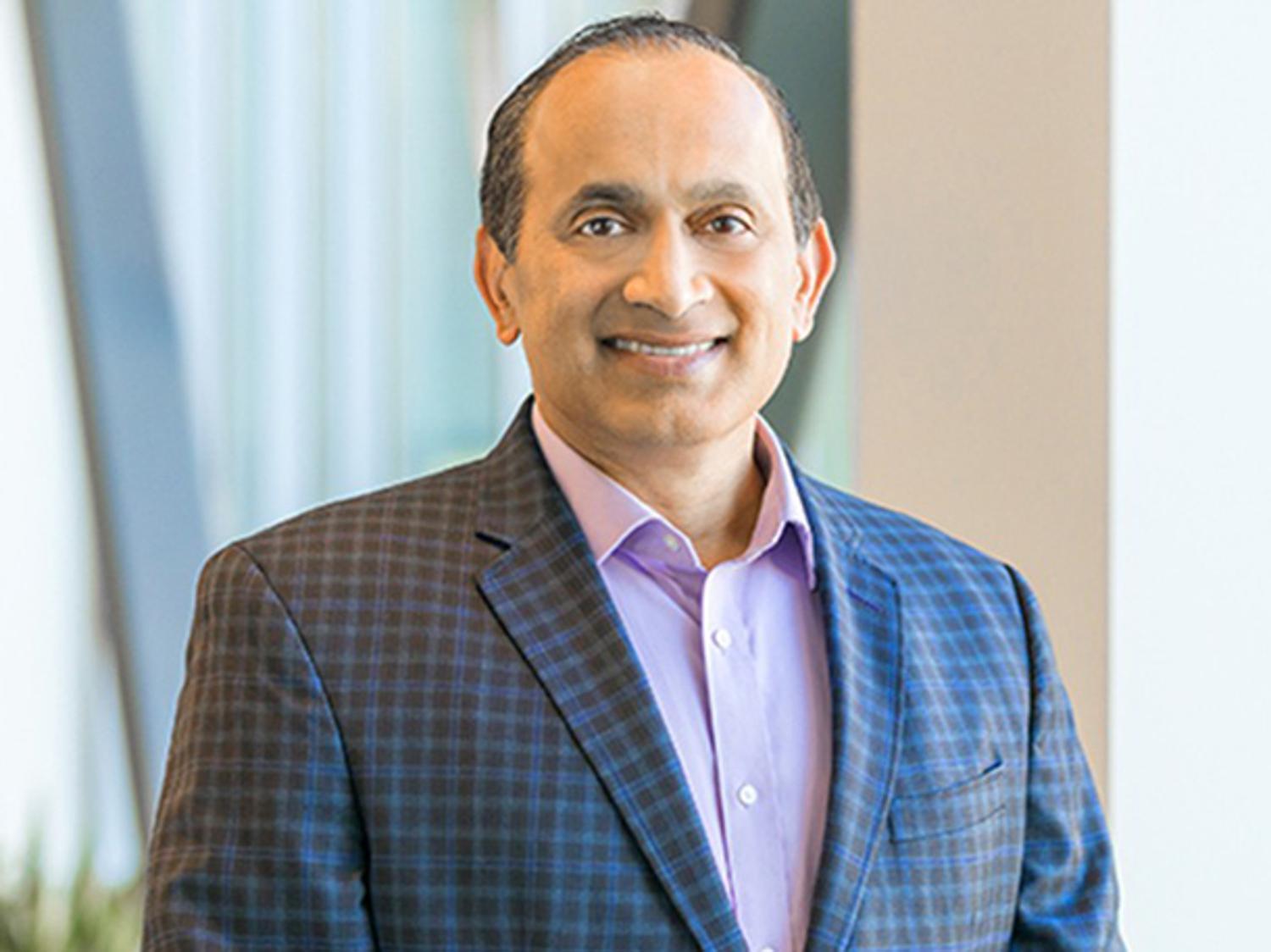
Founded in 2013, Cohesity thrives under the philosophy of driving innovation, delivering quality at scale, and retaining the highest customer satisfaction ratings in the data security and data management markets. Their AI-powered data security and management platform streamlines & integrates, protects & recovers an enterprise's stored data and data applications into a secure, efficient, and easy-to-manage platform. Since 2013, they’ve already grown to over 2,000 employees, are on the road to being cash flow positive on a quarterly basis within the next year, and count as customers eight of the top twenty banks in the U.S., six of the Fortune top ten, and 40 of the Fortune 100.
I recently had the privilege of sitting down with Poonen to delve deeper into the underpinnings of Cohesity's success. Poonen has had a seasoned tech executive background, being previously COO of VMware growing the company from $6B to $12B, and prior to that, President at SAP growing the company from $10B to $20B, with a strong reputation at both companies. He shared story-driven insights into his approach to leadership. Here are five powerful leadership lessons from Poonen.
This interview has been edited for space and clarity.
Leadership Lesson #1: Invest in Your First-Line Leaders
Kevin Kruse: How would you describe your leadership style?
Sanjay Poonen: I am humbled and honored to lead this amazing organization. I have deep experience in scaling organizations, and I am lucky to have the privilege of applying this experience while learning how to lead a smaller high-growth organization and keep Cohesity on track with our goal to become one of the ultimate winners in this evolving space.
My leadership style is to be a servant leader who’s constantly looking to learn. Servant leadership means leading by serving employees, customers, partners, and investors. I work on removing barriers from the people at every level of the organization–particularly first-level managers, so they can do their job more effectively and own the results. My mindset: “How can I get obstacles out of the way? How can I serve and coach the “leaf levels” of our organization?” That is harder to do in a bigger company but easier to do in a smaller company like ours.
Kruse: As a CEO with over 2,000 employees, what does that look like in practice?
Poonen: The most important thing a leader can do is inspire their first-line managers by example and let them know they are seen and valued. You need to train them, inspire them, and help them grow, and as CEO, make yourself accessible to them. Organizations need to empower people at all levels in the organization and not simply focus on direct reports. It is the opposite of a top-down mindset. Empowerment is a bottom-up mindset.
This also means you have to get yourself closer to the action. I spend plenty of time with C-level leaders. I also make sure I carve out time with first-line managers. For example, I might go to a basketball game with first-line managers. I also love going on the road for sales calls. Because when you're on the road, you can see people and customers in their own environment, better understand their challenges and needs, and get insights into how to help them.
Leadership Lesson #2: Cultivate a Learning Environment
Kruse: You also mentioned that you “constantly seek to learn.” What does that look like?
Poonen: It starts with a growth mindset. That means you’re not acting as a “know-it-all” but as a “learn-it-all.” I learned a lot about a growth mindset from Satya Nadella, the CEO at Microsoft. The transformation of Microsoft is so profound, and it took a leader like Satya to accomplish that transformation. Satya’s impact on Microsoft is largely because of his growth mindset and his hunger to learn. He got Microsoft thinking about the cloud and AI. I’ve known Satya for over 15 years, and I consider him a friend and mentor. Satya starts meetings by asking open-ended questions like, “What's your view of the world? What’s your perspective on this trend in the market?” He is constantly learning and challenging his team to grow.
You learn when you bring two ears and one mouth to every conversation, have a perennial appetite to be intellectually curious, and ask questions rather than answer them all the time. That's what you want to emulate as a leader. As you sit in a meeting, you want to ask the questions that trigger deep thinking.
Kruse: How else do you foster a learning environment in your company culture?
Poonen: If you're in the tech industry, you have to stay close to technology. So I have a network of highly technical people in my life who can explain complex technology topics to me in terms of how it helps customers and their businesses. I thrive on learning new things, so I can use this network to grow my understanding and learning. Then I share my learning with my employees, customers, and friends. You learn, you teach, and it's a virtuous cycle.
Kruse: Can you share an example?
Poonen: I was trying to explain the Metaverse to my dad, who's 83 years old. He’s a missionary worker who started many churches in India and has spoken prolifically on many religious topics. His sermons are all over YouTube. So I said, “Dad, you obviously know everything in and out of the scriptures. Imagine your great-great-great grandchild a hundred years from now wants to have a conversation with you. And they want to ask you about any topic on the planet that you've talked about. They can use the Metaverse to conjure you up back alive 100 years from now and have a live conversation with you about whatever religious topic. They will be able to have a virtual live experience talking to you, with you answering their questions. That’s the Metaverse.” And he got it.
Leadership Lesson #3: Respect Breeds Respect
Kruse: How else do you practice servant leadership?
Poonen: I try to treat everyone with the same level of respect regardless of their role in the company or in life. I remember a story about Nelson Mandela in the 1990s. Bill Clinton, who was president at the time, met with Mandela in South Africa. They were sitting down having a coffee, and the server came over to pour more coffee. Mandela interrupted the conversation with President Clinton to have a five-minute conversation with this attendant. For those five minutes, the most important person in Mandela's life was that attendant, not President Clinton!
The point is that you can tell how someone views the importance of life based on how they treat the receptionist, the front desk, and their assistants. This is a great example of leading by example. Dale Carnegie, in his book “How to Win Friends and Influence People,” said the two words least said that everyone wants to hear more are “Thank you.” Start by having an attitude of gratitude to the lowest levels of your organization. Don’t sit in an ivory tower with your layers of staff that insulate you from the rank and file.
Leadership Lesson #4: Stay Grounded at Home
Kruse: What else guides your approach to leadership?
Poonen: You need people in your life who just bring you down to earth. Indra Nooyi, the former CEO of Pepsi, told me a great story about when she got promoted to President of Pepsi. She came home, and she was so excited about the fact she'd been promoted. She couldn’t wait to tell her mother, who was living with her. In many Indian cultures, as parents grow old, we have our parents live in our homes. Indra came home so excited to tell her mother. And the first thing her mom told her was, “Hey, can you go get some milk from the grocery store?” And she was like, “But Mom, I got something important to tell you.” And her mom was like, “It can wait. Go get some milk.” So she went back, brought the milk home, and plunked down at the countertop. Then Indra said in a huff, “You'll be very proud that your daughter became president of Pepsi, the first time in history for an Indian-American.” Well, her mom sat down and said, “Let me tell you something. You can become queen of this country, but when you walk into this house, you leave your trophies in the garage. You're still my daughter.” Indra said that she really values her mother saying that because when she gets home, she just wants to be an ordinary person. A wife, a mother, a daughter.
That's how I've started to live my own life. My kids probably don’t even know what Cohesity does or care. I need to be just Dad to them. And the mundane things of life at home need to give me the trampoline to come back to work the next day to do the important things at Cohesity.
Leadership Lesson #5: Build Trust Through Transparency and Honesty
Kruse: How do you handle the inevitable ups and downs of being a CEO? How do you stay energized?
Poonen: My job every day includes building trust among our people in the future and the vision of our company. To succeed and grow, we have to trust and believe in each other. And that starts with me. I try to be as honest and transparent as I can in our internal communications through the ups and downs of being an innovative, young, high-growth company. I can’t always share everything that is going on, but I want everyone to have the same information to work from. Often it is good news. We are out-innovating and out-growing our competition, and with our solutions to protect data and recover from ransomware attacks, coupled with the promise of our work in AI, the future looks very bright. But there are other times when the news is not so good. We, at times, have needed to do some belt-tightening and cut some costs. During tough economic times, deals might take longer to close. During those times, communication is even more important. Information is power, and the more I share information, the more empowered our people are and the more they buy into our company and our vision. The key is empowered and engaged employees.
One of the key lessons I learned at business school was a principle called the Service-Profit Chain. Which is, engaged and motivated employees serve customers, who, when engaged, will drive customer satisfaction and profits. It doesn’t start with satisfied customers; it starts with engaged employees. Focus on your employees first, and customer satisfaction will naturally follow. As a leader, you are constantly looking for ways to do that—authentically and transparently. I find great energy around my employees. And outside of work, I feel blessed to have a bedrock of a foundation of faith, family, and friends that constantly rekindle my fire. That foundational platform has given me true sustenance through the ups and downs of life!


